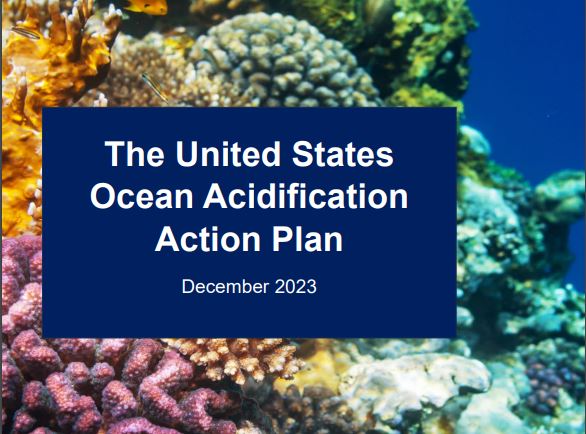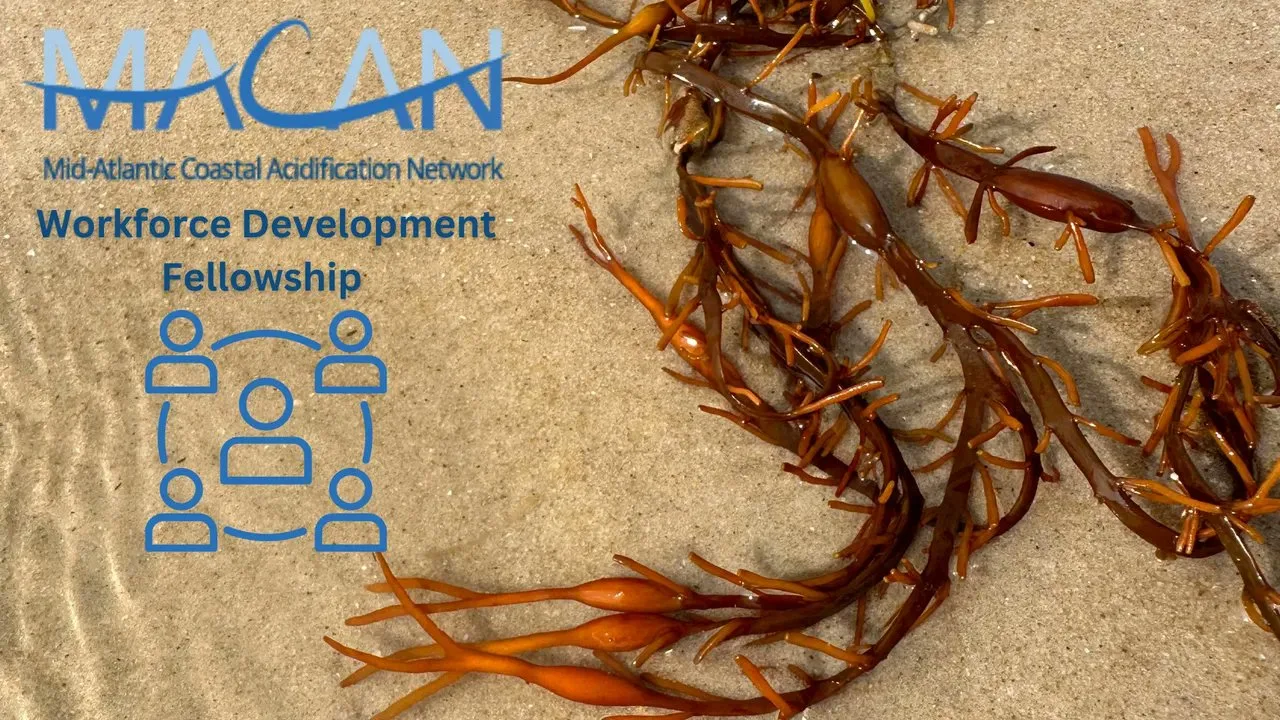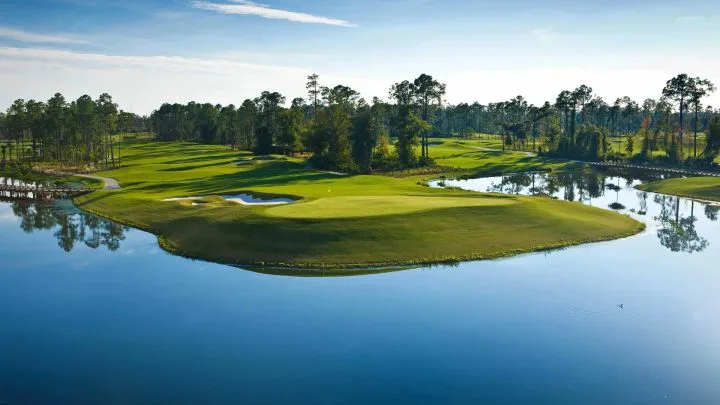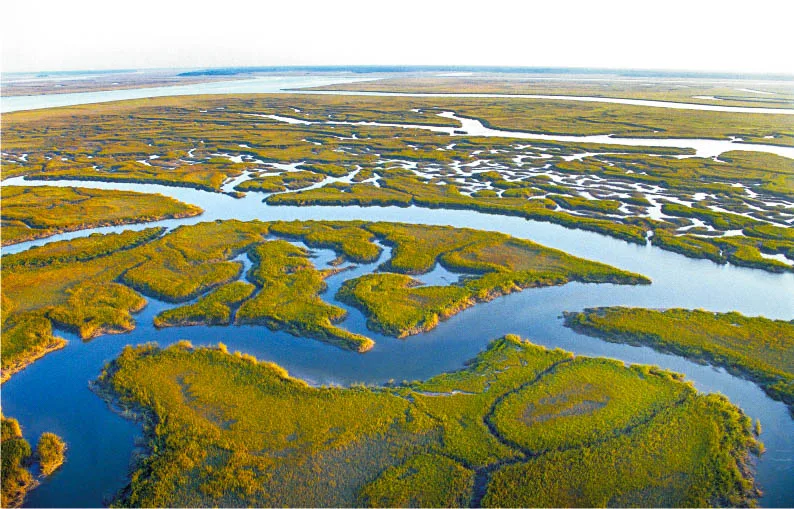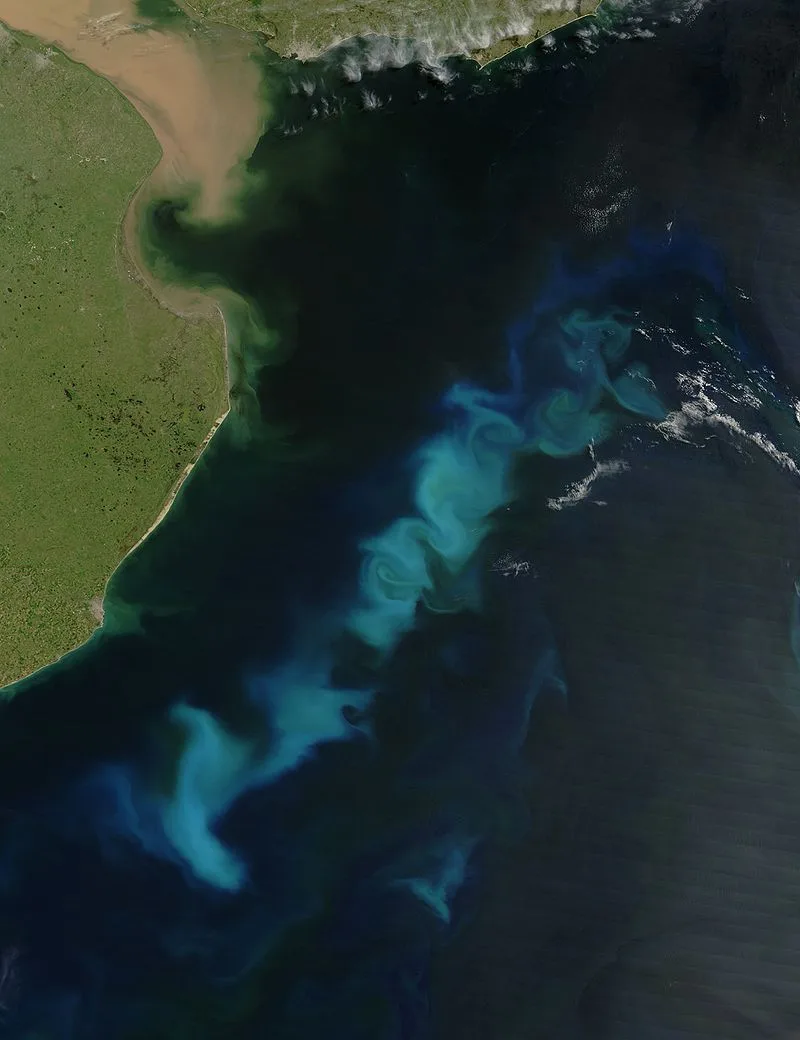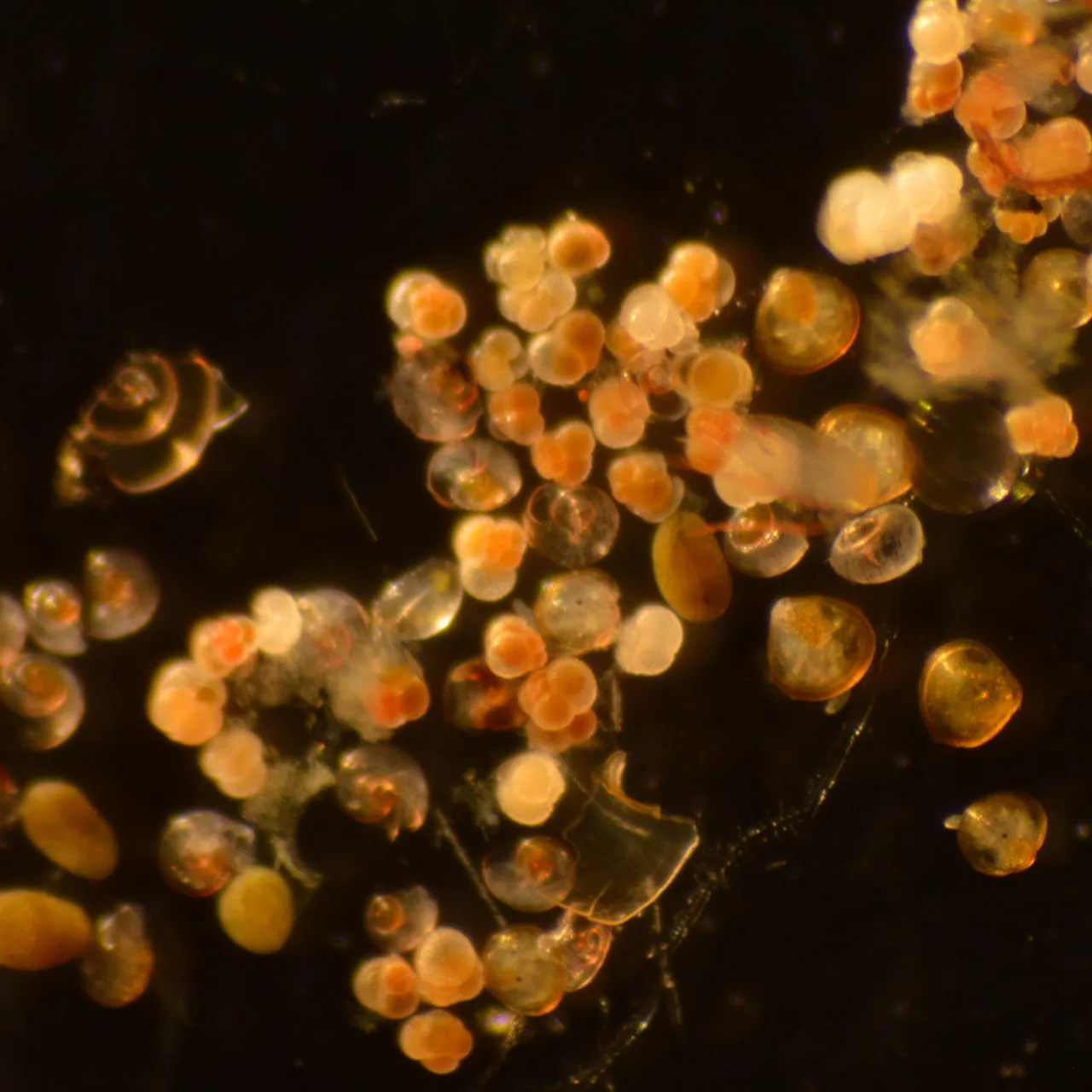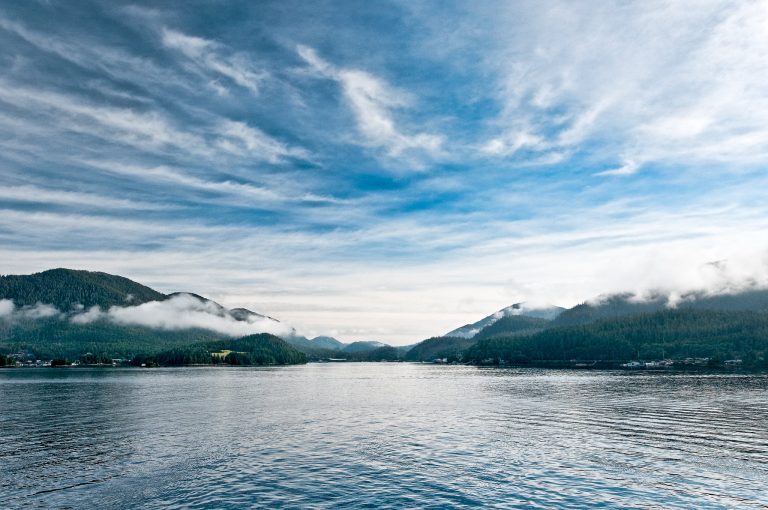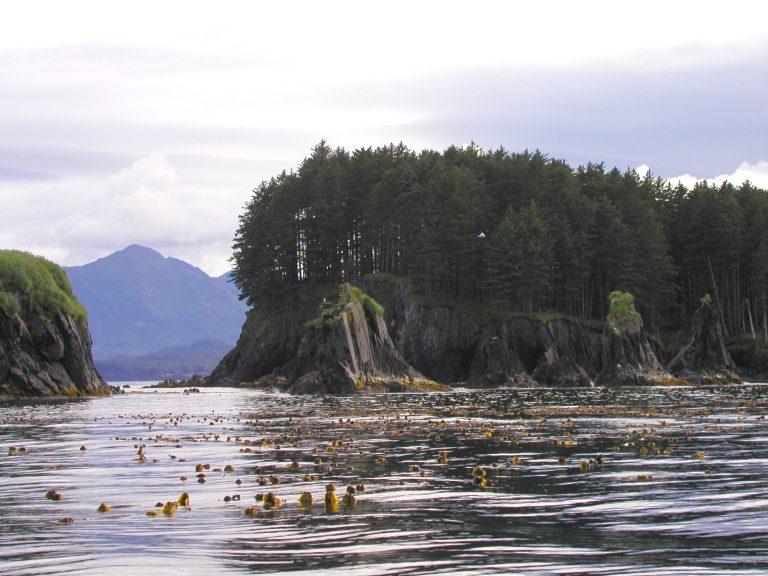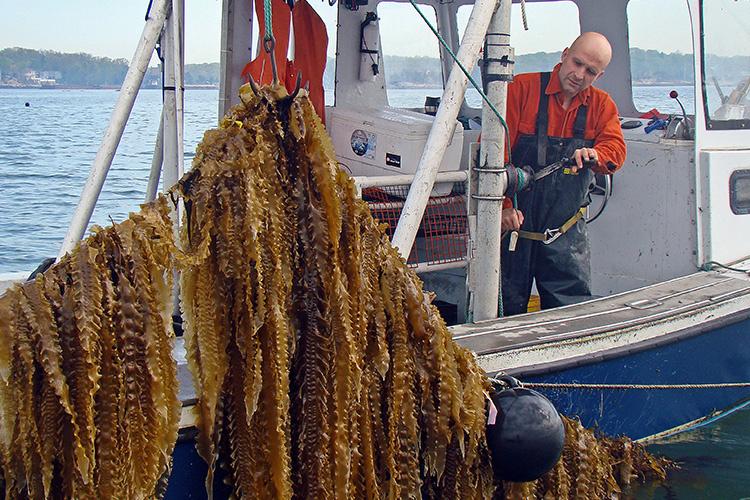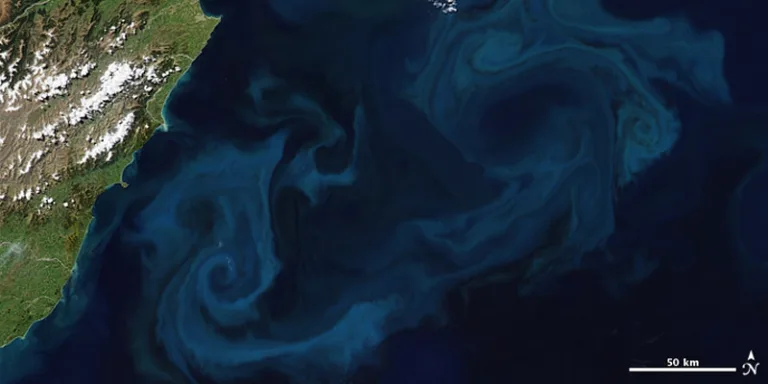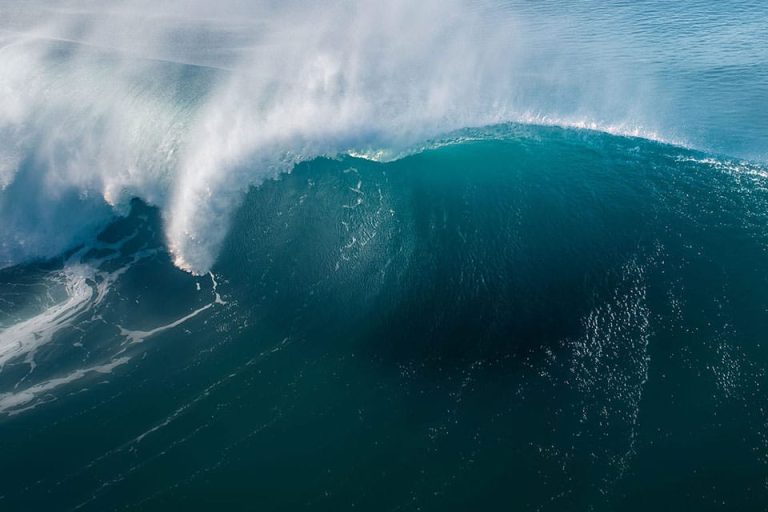Mechanisms Driving Decadal Changes in the Carbonate System of a Coastal Plain Estuary
Seawater pH, a measure of how acidic or basic water is, is a crucial water quality parameter influencing the growth and health of marine organisms, such as oysters, fishes and crabs. Decreasing pH, commonly referred to as acidification, is a severe environmental issue that has been exacerbated by human activities since the industrial revolution. In
